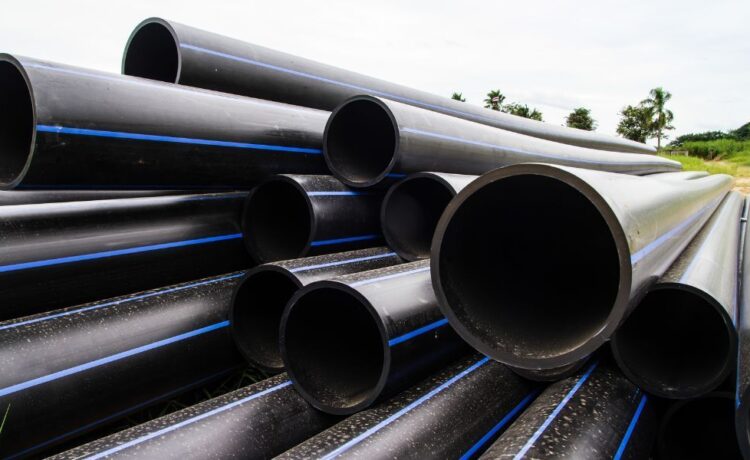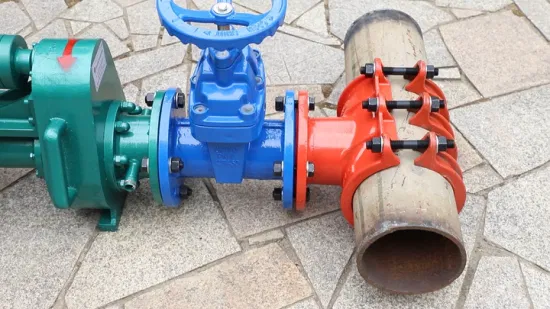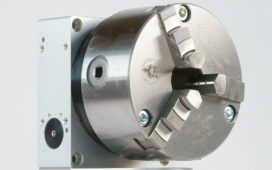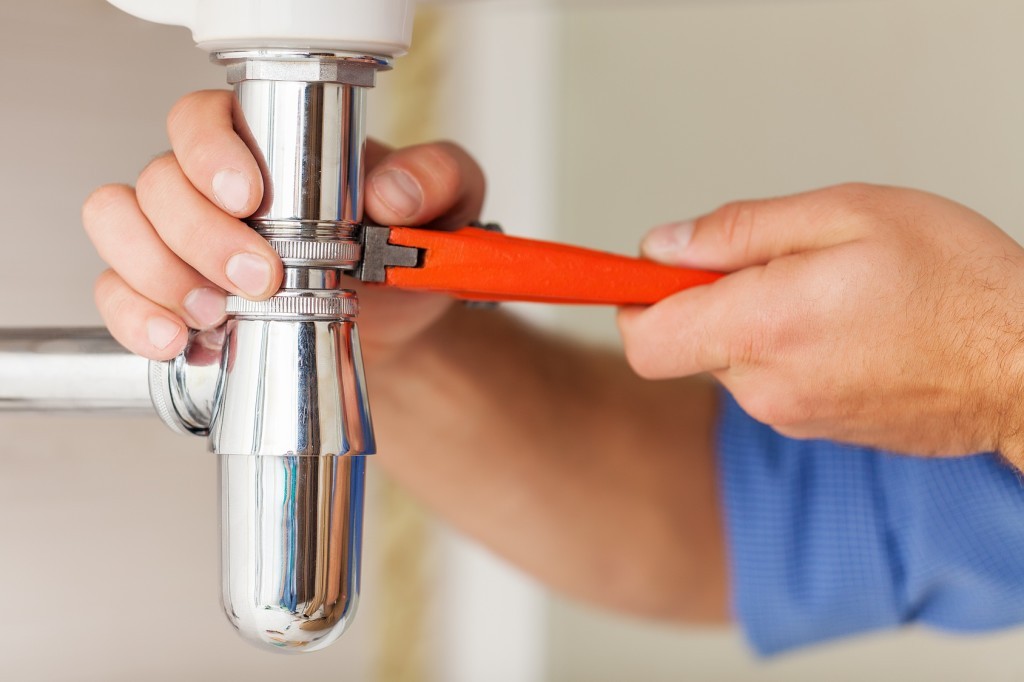Hot-tapping HDPE pipe has revolutionised the way professionals approach pipeline modifications and connections in water distribution systems across Singapore and beyond. This innovative technique allows for new connections without disrupting service, saving time, and resources, and ultimately reducing costs for utility companies and contractors. As demand for efficient infrastructure maintenance grows, understanding the nuances of hot-tapping high-density polyethene (HDPE) pipe has become essential knowledge for engineers and project managers working with these versatile piping systems.
What Is Hot Tapping?
Hot tapping, also known as pressure tapping or under-pressure drilling, is a method of making connections to existing pipelines whilst the system remains in operation.
This technique:
- Eliminates the need for system shutdown
- Prevents service interruption to customers
- Reduces revenue loss from downtime
- Minimises environmental impact
- Avoids costly draining and refilling operations
“Hot tapping has transformed how we approach infrastructure maintenance in Singapore. The technique is particularly valuable in our dense urban environment where service disruptions can affect thousands,” notes a senior engineer at Singapore’s Public Utilities Board.
Why HDPE Pipe Is Different
Hot-tapping HDPE pipe presents unique challenges compared to traditional metallic pipes.
HDPE’s flexible nature and thermal properties require specific consideration:
- HDPE expands and contracts significantly with temperature changes
- The material requires specialised cutting tools
- Fusion connections rather than mechanical connections are often preferred
- Pressure ratings must be carefully maintained throughout the process
- The pipe walls may deform under excessive clamping pressure
The Hot Tapping Process for HDPE
The process of hot tapping HDPE pipe follows several crucial steps that must be executed with precision:
1. Site Assessment
Before beginning any hot-tapping operation, engineers must thoroughly assess the pipeline. This includes:
- Verifying pipe diameter, wall thickness, and SDR rating
- Confirming operating pressure is within safe limits for tapping
- Checking for existing damage or weaknesses in the pipe
- Ensuring adequate workspace around the tapping location
- Testing pipe material to confirm it’s HDPE and not another polymer
2. Equipment Selection
Selecting the right equipment is critical when hot tapping HDPE pipe:
“We’ve found that using cutting tools specifically designed for polymers results in cleaner penetrations and reduces the risk of cracking or splitting the HDPE material,” shares a project manager from a leading Singapore utility contractor.
The equipment typically includes:
- Tapping machines with adjustable feed rates
- Shell cutters with specialised teeth for polymers
- Saddle fusion equipment for proper attachment
- Pressure monitoring systems
- Mechanical or electrofusion tapping tees
3. Saddle Attachment
Unlike metal pipes, HDPE requires a fusion process to attach the tapping saddle:
- The pipe surface must be thoroughly cleaned and prepared
- Heating elements bring both the saddle and pipe surface to precise fusion temperatures
- Controlled pressure joins the heated surfaces
- Cooling time must be strictly observed to ensure proper bond strength
- Pressure testing confirms the saddle’s integrity before cutting begins
4. The Cutting Operation
The actual hot tapping procedure requires careful control:
- The cutting tool must advance at a steady, controlled rate
- Heat generation must be minimised to prevent pipe deformation
- Pressure monitoring throughout the cut ensures system stability \
- The coupon must be fully retained to prevent system contamination
- Controlled completion prevents sudden pressure changes
Recent Technological Advancements
The field of hot-tapping HDPE has seen remarkable innovation in recent years. New computerised monitoring systems can now track pipe wall stress in real time, allowing operators to make minute adjustments during the cutting process. Additionally, advanced polymer-specific cutting tools featuring diamond-edge technology have significantly reduced operation time while increasing cut precision and edge quality, making hot-tapping HDPE more accessible even for complex installations.
Benefits of Hot Tapping HDPE Pipe
The advantages of this technique extend beyond mere convenience:
- Continuous service to customers during modifications
- Significant cost savings (typically 30-40% compared to shutdown methods)
- Reduced contamination risk to the system
- Lower environmental impact from avoided drainage
- Faster project completion timelines
“Our cost-benefit analyses consistently show that hot tapping HDPE networks provide a return on investment within the first project. The savings compound with each subsequent tap,” explains an infrastructure economist specialising in Singapore’s water systems.
Safety Considerations
Safety remains paramount when hot tapping HDPE pipe:
- Proper training for all personnel is essential
- Pressure monitoring equipment must be calibrated and functioning
- Contingency plans should be in place for potential failures
- Personal protective equipment must be worn throughout the operation
- Regular equipment inspection and maintenance is critical
Choosing the Right Contractor
Not all contractors have the experience and equipment necessary for successful hot tapping of HDPE pipes.
When selecting a service provider, ensure they:
- Have specific experience with HDPE materials
- Maintain current certifications for fusion processes
- Can provide references from similar projects
- Use modern, well-maintained equipment
- Follow industry best practices for safety and quality
As water infrastructure continues to expand across Singapore and the Asia-Pacific region, the demand for efficient maintenance solutions grows. The climate resilience of HDPE pipe networks makes them increasingly popular in regions facing extreme weather patterns, further emphasizing the importance of mastering maintenance techniques that preserve system integrity. Understanding how to properly implement or specify hot-tapping HDPE pipe ensures your projects remain on schedule, and within budget, and maintain service continuity for your customers.








